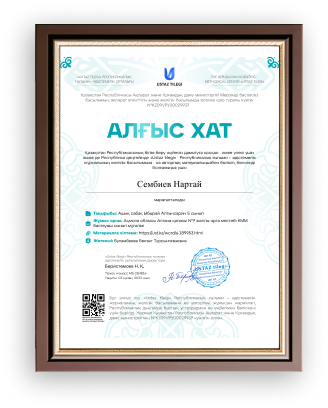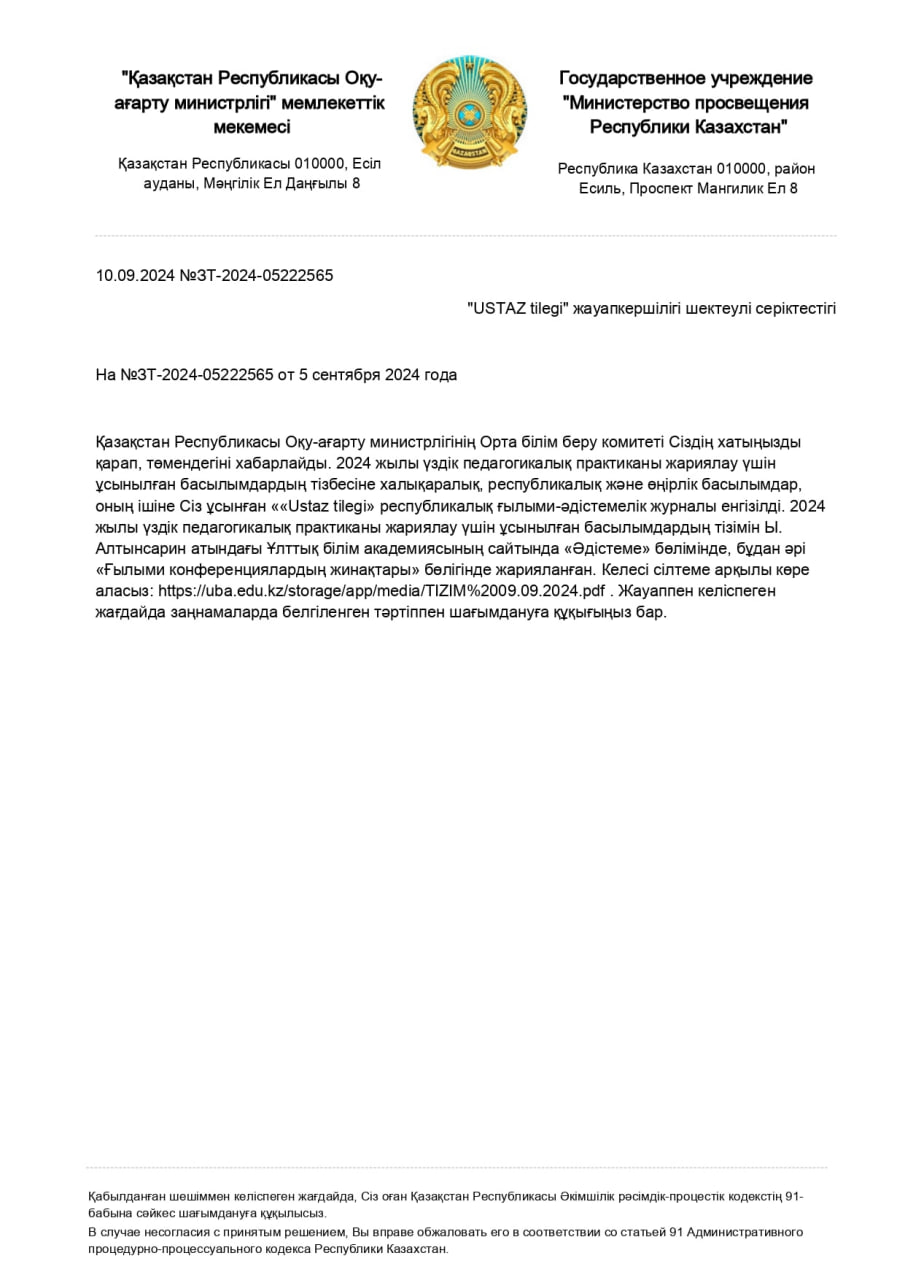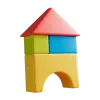|
Part of the
lesson/Time
|
Teacher’s
activity
|
Student’s
activity
|
Assessment
|
Resources
|
|
Beginning of the lesson
Warming-up
5
min.
Pair work
“Running
activity”
|
Organization
moment :
1.Greeting.
The teacher greets
learners and asks them to take seats.
2.
Organization
moment.
The teacher asks
learners to repeat the words and movements that they
listen.
It’s time to
think!
It’s time to
speak!
It’s time
show!
Ready! Steady!
Go!
The teacher divides learners into 3
groups
(an old woman, the
fisherman and the
fish) using the website
“Spinner wheels ” (there are 4 learners in each
group).
3. Checking up the
homework
In pairs, one learner
is appointed as a runner, another is a
writer.
The teacher hides the
cards with the new words from the previous
lesson behind, under the
desk.
The runner looks for
the words, while the writer the writer will
write
4. Then, the teacher
shows pieces of picture and learners must find the last piece and
make picture.
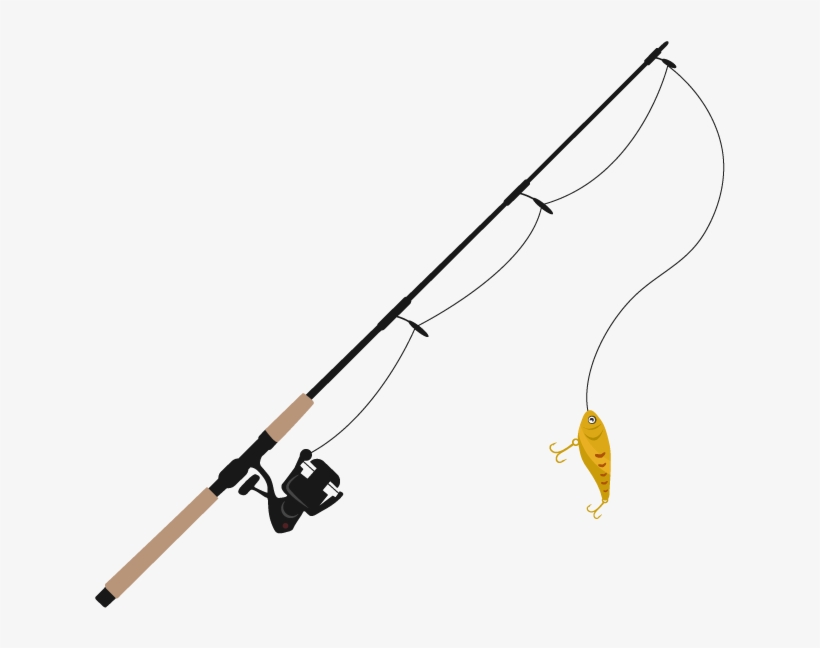 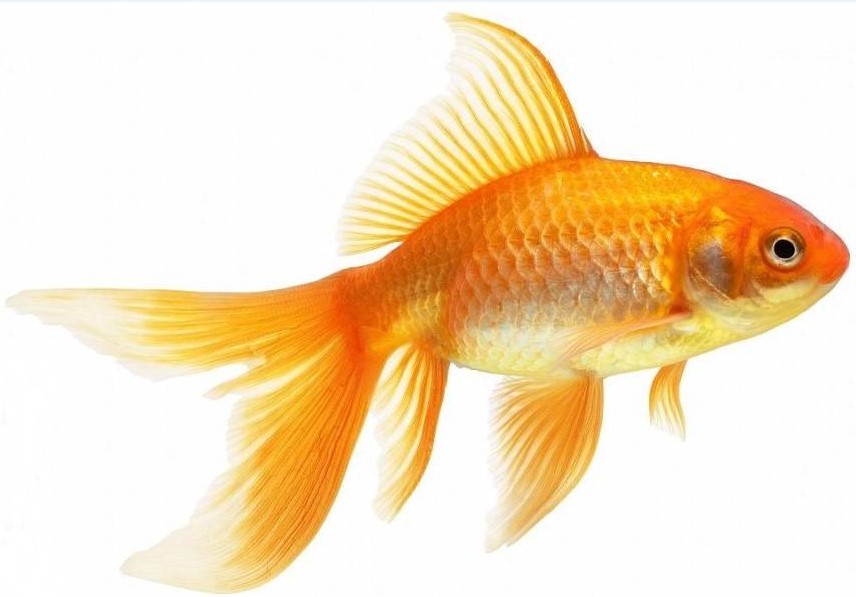
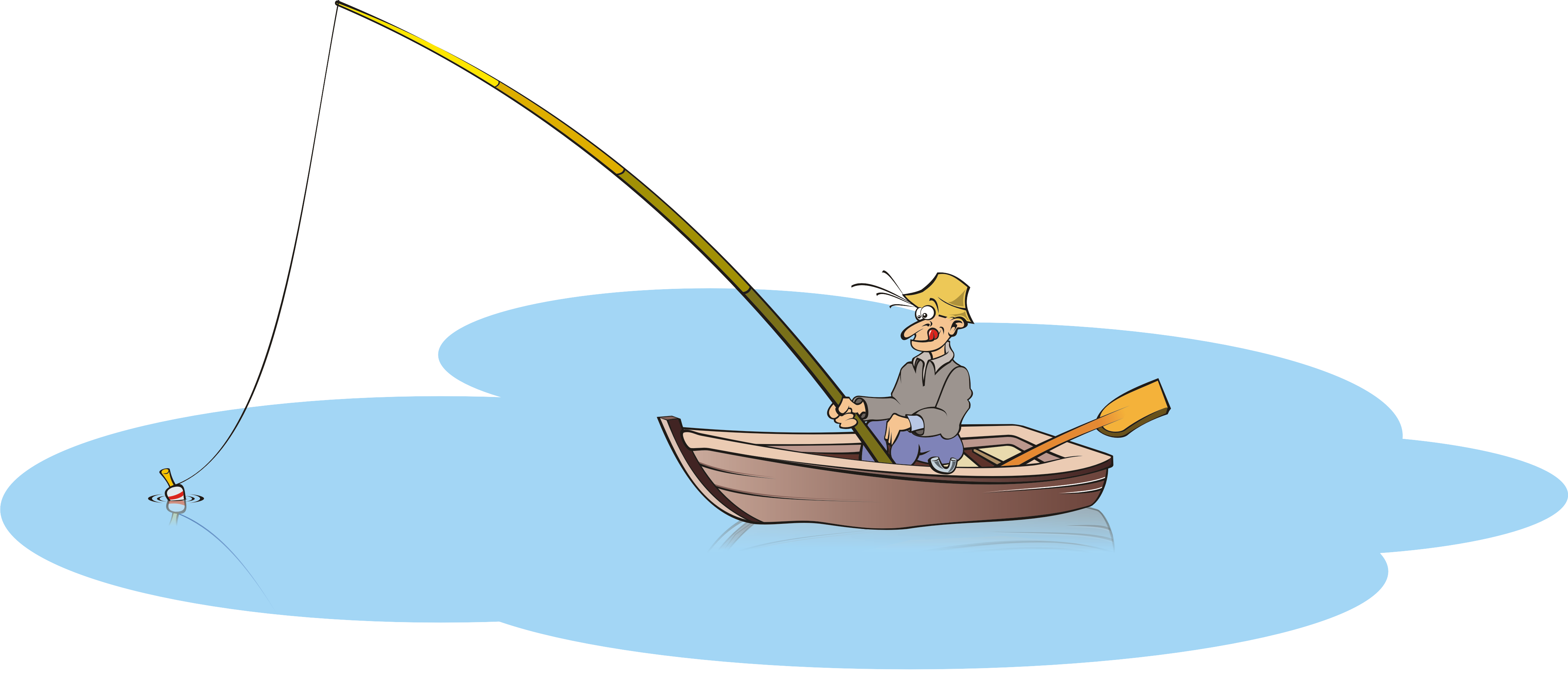
Then teacher asks
learners what these pictures represent.
Learners guess the
topic of the lesson, which is “The Fisherman and the
Fish”.
Watching the
video
The teacher asks the
students concept questions: You can see some portraits of famous people. I hope you
know them. Who are they? Yes, first is A. Kunanbayev. He was the
Kazakh famous writers. Second is Shakespeare. He was English poet.
And third is A.S. Pushkin. He was a Russian poet. Today we talk
about Pushkin. Who can tell about him?
What is
the story about?
Learners open their copybooks, write down the date and
topic of the lesson.
|
Learners remember the
story about the fisherman and the fish, as they know it from their
native language.
Aim: learners do some physical movements, develop speaking
skills
Efficiency: maintain health, learn to speak in English and answer the
questions
|
Feedback:
«The praise» method to motivate Ss. like:
“Good
job!
Well
done!”
Learners
evaluate themselves with the help of a “charge of
knowledge”
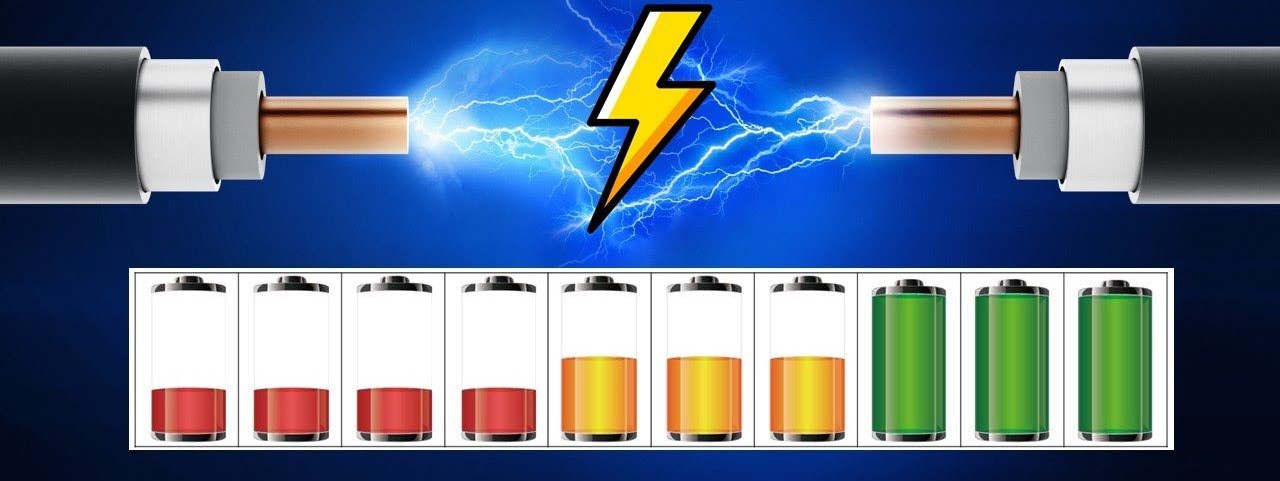
|
Whiteboard
Student’s Book
Excel 5,
page 76.
▷ Spinner Wheel » Spin
the Wheel to Decide at Random
|
|
Pre-learning
Individual
work.
“Check the
words”
5 min.
|
Before reading the
text, the teacher checks if learners know the given words with the
help of pictures (the teacher shows the pictures and learners say
what word they express):
Poor, catch, let, wish, surprised, fool, shout, calm,
swim away, grant a wish, rich, dark, land, stormy, cloud, sky,
turn.
The teacher reads the words and learners repeat after the
teacher and practice the correct pronunciation of the
words.
|
Learners remember and
learn the new words that they will use in the
lesson.
.
Aim: learn the new words of
the lesson
Efficiency: learners remember the words and use them at the lesson,
practice their correct pronunciation
|
Feedback:
Well
done!
|
Whiteboard
Student’s Book
Excel 5,
page 75.
Exercise 2.
|
|
Middle of the lesson
Group
work
10 min.
|
The teacher gives roles to the learners before reading the
story: the author, the
fish, the fisherman and the old
woman (the fisherman’s
wife).
Differentiation:
Learners translate the text so that everyone understands
the content.
|
Learners read the text,
each learner performing the role given to
them.
Aim: practice reading and
roleplaying the story in groups
Efficiency:
learn to understand the details of the
text
|
Descriptor:
- read the
story.
- roleplay the
story
- translate the story into
Kazakh
Feedback:
The teacher corrects learners’ mistakes where
necessary.
|
Whiteboard
Student’s Book
Excel 5,
page 77,
the story.
|
|
Group work
10 min.
Warm
up
|
The teacher gives pictures
and learners must find
which one shows.
The teacher gives the groups the pictures
of an old woman, the
fisherman and the
fish.
Each group has to describe their character using the
information they have got from the story.
The questions for learners as
support:
Who is your character?
What is your character
like?
Do you like your character?
The groups describe their character to other
groups.
The teacher asks learners to watch a song and repeat the
movements that they see.
The teacher explains the adjective to the
learners.
Adjectives are words that describe people, places and
things. They make a story more interesting. For example
an old woman,
a shiny bucket, a beautiful house
|
Learners use the
pictures and describe their character.
Aim: learners practice speaking skills using the
pictures
Efficiency: learn to make up sentences and describe the characters in
their own words.
|
Descriptor:
- use the pictures to describe the
character
- say whether they like their character or
not.
Feedback:
The teacher gives
feedback and helps where necessary.
|
Student’s Book
Excel 5,
page 75.
the link to the song
for a warm-up: https://www.youtube.com/watch?v=Jg4WZvAXF5ss
|
|
Individual work
|
Learners stay with the
same partners.
The teacher shows a QR
code on an interactive whiteboard.
Learners use their phone to scan the code and complete the
task
Learners use the
adjectives to complete the summary of “The Fisherman and the
Fish”
The adjectives to
hide:
Rich
Golden
Small
Huge= very
big
New
Kind
|
Learners fill in the
gaps with necessary words.
Aim: identify the words that fit into the
context
Efficiency: make learners think critically and practice the use of
adjectives
|
Descriptor:
- fill in all the gaps
with correct adjectives as quickly as
possible
The app shows the
correct answers. Learners
evaluate themselves with the help of a “charge of
knowledge”

«The praise» method to motivate Ss. like:
“Good
job!
Well
done!”
|
Whiteboard
Student’s Book
Excel 5,
Exercise 6, page 77.
wordwall.net/resource/52451478
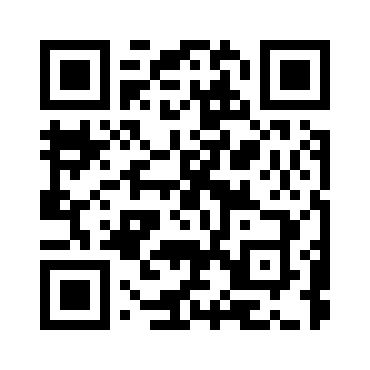
|
|
Individual work
2 min
|
What is the message of the story?
Explain your choice.
-
Be
happy with what you have got.
-
Be
careful what you wish for.
The teacher asks the learners
Game: Say the color not the word
|
Learners express their
choices accurately as possible.
Aim: express thoughts clearly and
accurately.
Efficiency: practice the to tell the thoughts.
|
Feedback:
«The praise» method to evaluate Ss. like:
“Good
job!
Well
done!”
|
Whiteboard
Student’s Book
Excel 5,
Exercise 8, page
77.
|
|
End of the lesson.
Reflection
|
“Reflection using TikTok
images”
The teacher distributes
the TikTok images among learners.
Learners need to
stick:
A
heart– if they liked the
lesson;
A speech
bubble – write a comment about
the lesson and stick it under the picture;
Send
to – they write and say
whom they will recommend this lesson.
|
Learners reflect on
their learning.
Aim: define how much they understand the new
lesson.
Efficiency: learn to sum up
themselves.
|
Feedback:
“I
can…”
Learners |

